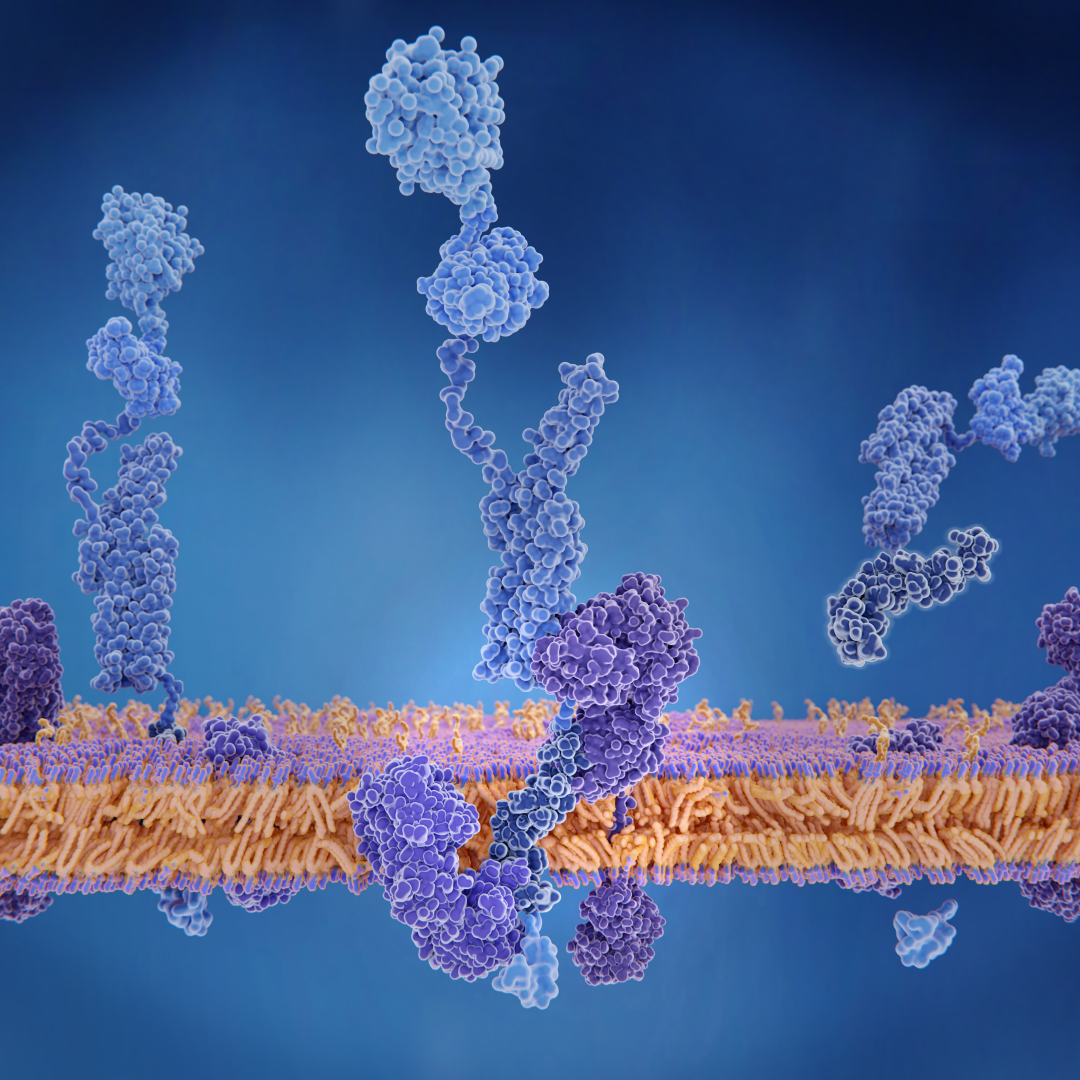
New Research Identifies Key Cellular Mechanism Driving Alzheimer’s Disease
On Dec. 23, 2024, researchers with the Advanced Science Research Center at the CUNY Graduate Center (CUNY ASRC) unveiled a critical mechanism that links cellular stress in the brain to the progression of Alzheimer’s disease (AD). Microglia, often dubbed the brain’s first responders, are now recognized as a significant causal cell type in Alzheimer’s pathology. However, these cells play a double-edged role: some protect brain health, while others worsen neurodegeneration.
The research team discovered that activation of this stress pathway, known as the integrated stress response (ISR), prompts microglia to produce and release toxic lipids. These lipids damage neurons and oligodendrocyte progenitor cells — two cell types essential for brain function and most impacted in Alzheimer’s disease. Blocking this stress response or the lipid synthesis pathway reversed symptoms of Alzheimer’s disease in preclinical models.
The study represents a major leap forward in understanding the cellular underpinnings of Alzheimer’s and emphasizes the importance of microglial health in maintaining overall brain function. The study was published in the journal Neuron.
Tags:
Source: Advanced Science Research Center, CUNY Graduate Center
Credit: Illustration: Amyloid precursor protein (APP) being cleaved by gamma and beta secretase and releasing the beta amyloid peptide, which is involved in the Alzheimer disease.. Courtesy: Shutterstock.
